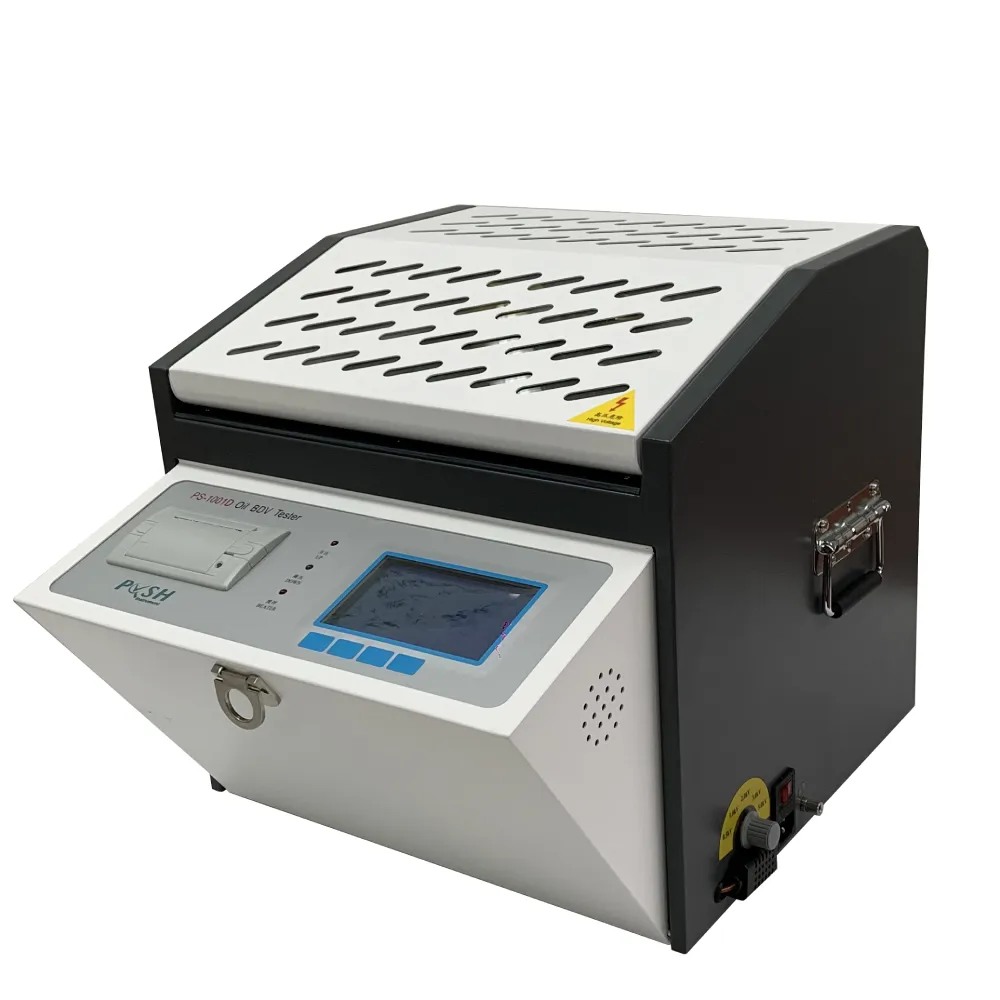 English
English


automatic potentiometric titrator
The Evolution and Importance of Automatic Potentiometric Titrators
In the realm of analytical chemistry, titration remains a fundamental technique used for quantifying the concentration of an analyte in solution. Traditionally, titration has involved manual methods that required careful monitoring and skilled judgment. However, the advent of automatic potentiometric titrators has revolutionized this process, providing increased accuracy, efficiency, and user-friendliness.
An automatic potentiometric titrator employs an electrical measurement technique to determine the endpoint of a titration. The device utilizes a glass electrode that responds to changes in the concentration of hydrogen ions, allowing for precise pH measurement. As titration progresses, the titrator continuously records the pH changes and automates the addition of titrant, ensuring a smooth and rapid approach to reaching the endpoint. This automation alleviates the burden on the analyst, significantly reducing potential human errors that can affect results.
One of the primary advantages of using an automatic potentiometric titrator is its accuracy. Manual titration can often produce inconsistent results due to subjective interpretations of color changes in indicator solutions. In contrast, the automatic system provides a quantitative measurement of pH that can be correlated directly to analyte concentration. This level of precision is crucial in industries such as pharmaceuticals, food and beverage, and environmental monitoring, where regulatory compliance and product safety are paramount.
automatic potentiometric titrator

Moreover, automatic potentiometric titrators are designed to handle multiple samples simultaneously, increasing laboratory productivity. Modern devices come with user-friendly interfaces and data logging capabilities, enabling chemists to streamline their workflow and keep meticulous records of their experiments. The integration of software allows for real-time analysis, which can facilitate rapid decision-making in a fast-paced analytical environment.
Another important aspect of these titrators is their versatility. They can be employed in a wide range of applications, from determining the acidity of wine to assessing the quality of water. Furthermore, they are compatible with various types of titrants and accommodate diverse sample matrices. This adaptability makes them invaluable tools for laboratories that require precise analysis across different domains.
Despite their many advantages, there are considerations to keep in mind when implementing automatic potentiometric titrators. The initial investment in equipment can be substantial, and training personnel on the use of sophisticated instruments is essential. Additionally, while the titrators minimize human error, operators must still understand the principles behind titration to correctly interpret results and troubleshoot issues.
In conclusion, automatic potentiometric titrators have emerged as crucial tools in the field of analytical chemistry, offering remarkable improvements in accuracy, efficiency, and versatility. As laboratories continue to embrace automation and advanced technologies, these titrators are likely to play an increasingly significant role in ensuring quality and safety across various industries. Their continued evolution and adoption will undoubtedly shape the future of analytical procedures, paving the way for enhanced scientific discovery and innovation.
-
Differences between open cup flash point tester and closed cup flash point testerNewsOct.31,2024
-
The Reliable Load Tap ChangerNewsOct.23,2024
-
The Essential Guide to Hipot TestersNewsOct.23,2024
-
The Digital Insulation TesterNewsOct.23,2024
-
The Best Earth Loop Impedance Tester for SaleNewsOct.23,2024
-
Tan Delta Tester--The Essential Tool for Electrical Insulation TestingNewsOct.23,2024





